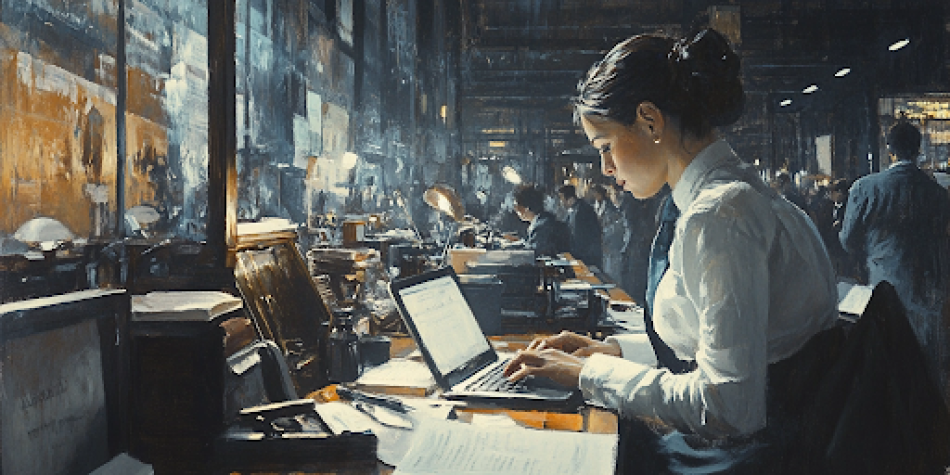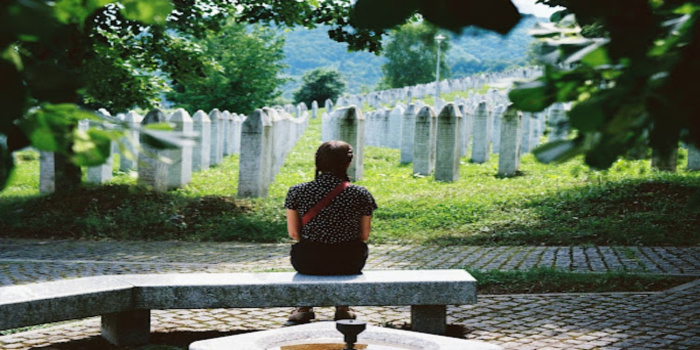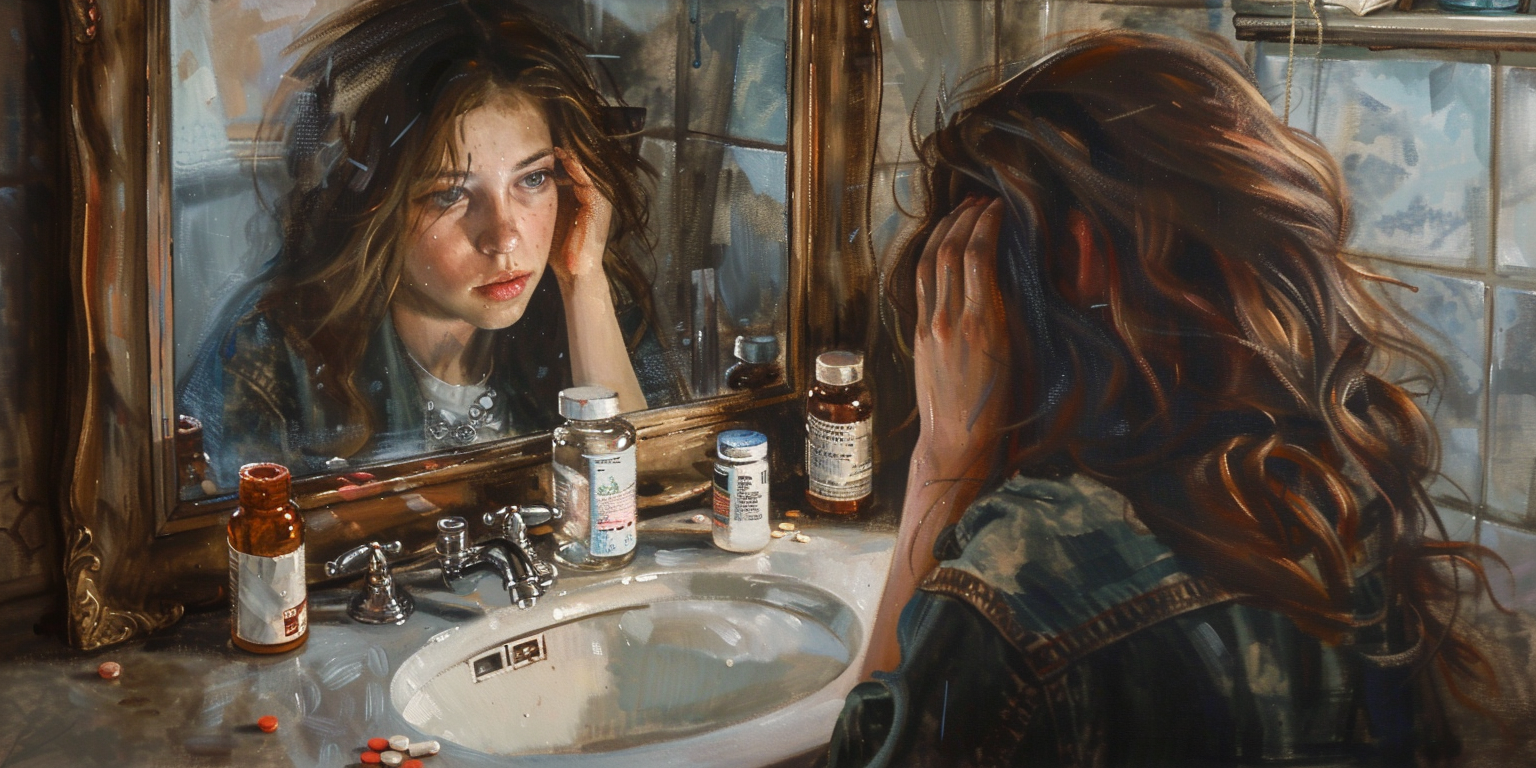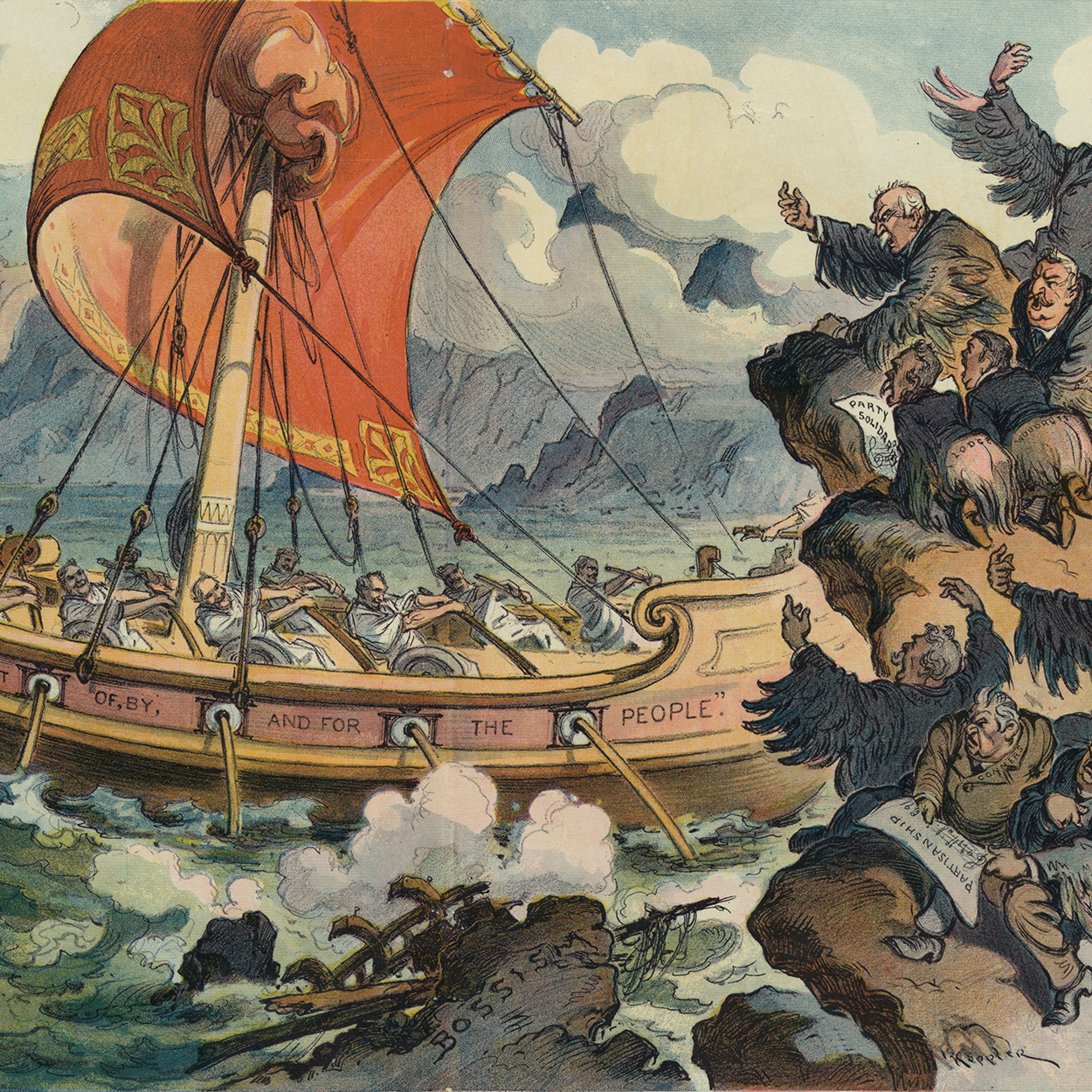Here we go again.
The Associated Press has written another story that highlights criticisms of The Church of Jesus Christ of Latter-day Saints while misleading its readers and omitting the most important facts.
This latest article was written by Hannah Schoenbaum. This is the same Hannah Schoenbaum who, in response to the April 2024 General Conference of The Church of Jesus Christ, wrote an article about the political issues that weren’t covered.
That’s right, she wrote about what wasn’t talked about.
But somehow, the AP’s editors assigned this same reporter to another story about the Church of Jesus Christ, and both she and her editors once again failed even basic journalistic standards. Las Vegas is overwhelmingly in favor of having a second temple.
Not to get too much into the weeds of sentence diagramming. But the article headline is that the temple had a “cool reception in Las Vegas.” The only way to read the “thousands of supporters and vocal opponents” sentence that fits with the headline is that there were at least similar numbers of supporters and opponents. But in fact, while there were thousands of supporters, there were only a few dozen opponents who came to the city’s planning commission meeting.
The phrasing used here is purposefully misleading.
City Council Member Francis Allen-Palenske, in whose district the temple will be built, reported that letters she got in favor of the temple outnumbered the opposition 5 to 1. The only other city council member to report was Nancy Brune, who said more than 90% of the mail she got was in favor of the temple.
In other words, for those who voiced their opinion, Las Vegas is overwhelmingly in favor of having a second temple of the Church of Jesus Christ in its boundaries.
But the AP’s article goes out of its way to ensure its readers don’t know these facts.
This pattern repeats itself throughout the story. The article reports that those who want to sue to stop the project “insist their concerns have nothing to do with the religious teachings” of the Church, but it fails to report on the frequent online abuse that was directed at Latter-day Saints in the lead-up to the temple.
In fact, the same people who are now threatening to sue the city had put up an online petition against the temple. In that petition, those leading this opposition movement published “reasons to sign” that included:
- “I’m tired of taxpayer money going to creepy sexist cults.”
- “WAKE-UP, YOU IGNORANT SO CALLED WORSHIPERS there are a lot better ways to spend your money.”
- “F*** building anything that supports their cause.”
- “The temples of this lunatic cult are an abomination.”
- “LDS are pagans. … They are not Christian in the sense of Christ’s Church.”
This flagrant religious-based animus was a part of the public advocacy against the temple by those who now claim their concerns aren’t religious in nature. They never removed or repudiated these reasons to oppose the temple. But the AP report fails to include any of them. Reporting the claim that opponents aren’t biased against the Church while withholding this ample and easily available evidence to the contrary is journalistic malpractice.
But this failure of basic due diligence continues. Perhaps the biggest problem with the article is how many complaints the author of the AP piece gave space for the opponents to make without any factual pushback or context. For example, the report included complaints that the temple will bring traffic without referencing the study completed before approval, which shows traffic will not be negatively affected.
The report includes concerns that opposition locals are worried the temple will “change the dark-sky environment” but doesn’t mention that the closest designated dark-sky area to the proposed temple is more than two hours away. Nor does the article mention that the new temple’s location already has as much light pollution as downtown San Francisco.
The article reports that neighbors are complaining that the temple will block the view of Lone Mountain without reporting that this complaint is objectively untrue. Because opponents photoshopped misleading images of the temple covering the mountain, city officials went to the trouble of creating elaborate 3-D mockups, which demonstrated that no one’s view of the mountain would be blocked. These mockups are available for inspection but were evidently not consulted by the AP editors who approved this article for publication.
And look at this deceptive phrasing. The author writes that the temple will be “Larger in size than the Notre Dame Cathedral in Paris.” But to anyone in the neighborhood who looks at the temple, it will be much smaller than the Notre Dame Cathedral. Its on-the-ground footprint will be less than half the size of Notre Dame, and the temple will be more than 100 feet shorter. So, how could the AP justify publishing this claim? Because Notre Dame is one story, and the temple will have three stories, the temple has more usable square feet, the type of measurement a real estate agent would use in selling a house—but an outright misleading claim in the context of how the building will impact the neighborhood. Again, the AP’s editors never bothered to fact-check this spurious claim.
In a particularly duplicitous turn of phrase, the article’s author describes the area where opponents of the temple come from as “the rural foothills” without providing the context that this rural area is an island within suburban neighborhoods. By saying that the “opponents” of the temple are in the rural neighborhood, the article avoids having to report that the temple itself is outside of the rural zoning area. Why leave that out?
The author cited one homeowner saying he felt “steamrolled” but never mentioned that the Church announced the project’s location years in advance, opened up their own chapel for the homeowners to have a townhall meeting about it, and that according to Allen-Palenske the city had more additional townhall meetings about this project than they’ve had for any other building project. By any objective measure, it’s not the few opposition homeowners who have been steamrolled. Rather, it’s the article’s weak preconceived narrative that is steamrolling the facts on the ground.
Evidently, the Associated Press believed that each of these complaints was worth reporting on but somehow didn’t believe that any of the context or facts regarding those complaints were worth reporting. I wonder why that is.
The conflict in Las Vegas is not the only part of the story where the AP conspicuously leaves out important context. For example, in Fairview, Texas, the mayor says the town will not be “bullied” by the temple’s proposed height of 159 feet, without mentioning that Fairview had approved a bell tower of 154 feet for the Methodist Church where the mayor’s son is a pastor. (Despite being approved, that tower has not yet been built.)
To the article’s credit, it does quote leaders of the Church of Jesus Christ, but only in broad terms, never in response to the factually inaccurate or context-free claims it quotes from opposition leaders. In fact, despite the overwhelming majority of local Las Vegas homeowners wanting the temple, the article never quotes one. The blame is rightfully placed at the feet of the AP editors.
When a journalist has a demonstrated inability to objectively cover a religious minority, any responsible outlet would find someone else.
Even if this article was written as an editorial, it would still not meet journalistic standards because of its purposefully misleading statements, but it isn’t even an editorial. It’s pretending to be news—and news for the Associated Press, which holds itself as a standard for objective reporting. Perhaps it’s time for the AP to find a reporter who is capable of upholding their standards in reporting about the Church of Jesus Christ—this isn’t it.
In the meantime, they would do well to retract the misleading report they filed and apologize for the lapses in their editorial process. The 80%+ of engaged Vegas residents who support the temple deserve that much.

















